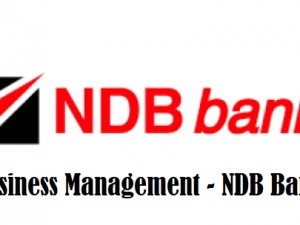Description
INTRODUCTION
What is contained in the document? Why should someone read it?
MEASURES OF SUCCESS
What measures should be used to assess the relative success of your chosen company?
REASONS FOR SUCCESS
What do experts suggest as the reasons for this company’s relative business success?
STRATEGIC ANALYSIS (AVC+VRIN)
What are the possible internal success factors and where might they be located in the company’s activities?
LEADERSHIP CONTRIBUTION
How is the current leadership guiding towards success? Is there a leadership legacy from a predecessor?
STRATEGY FOCUS
Which particular strategic factor of this company deserves closer scrutiny?
STRATEGIC RECOMMENDATION
With page referencing to your previous sections, can explain your strategic recommendation for this company?





